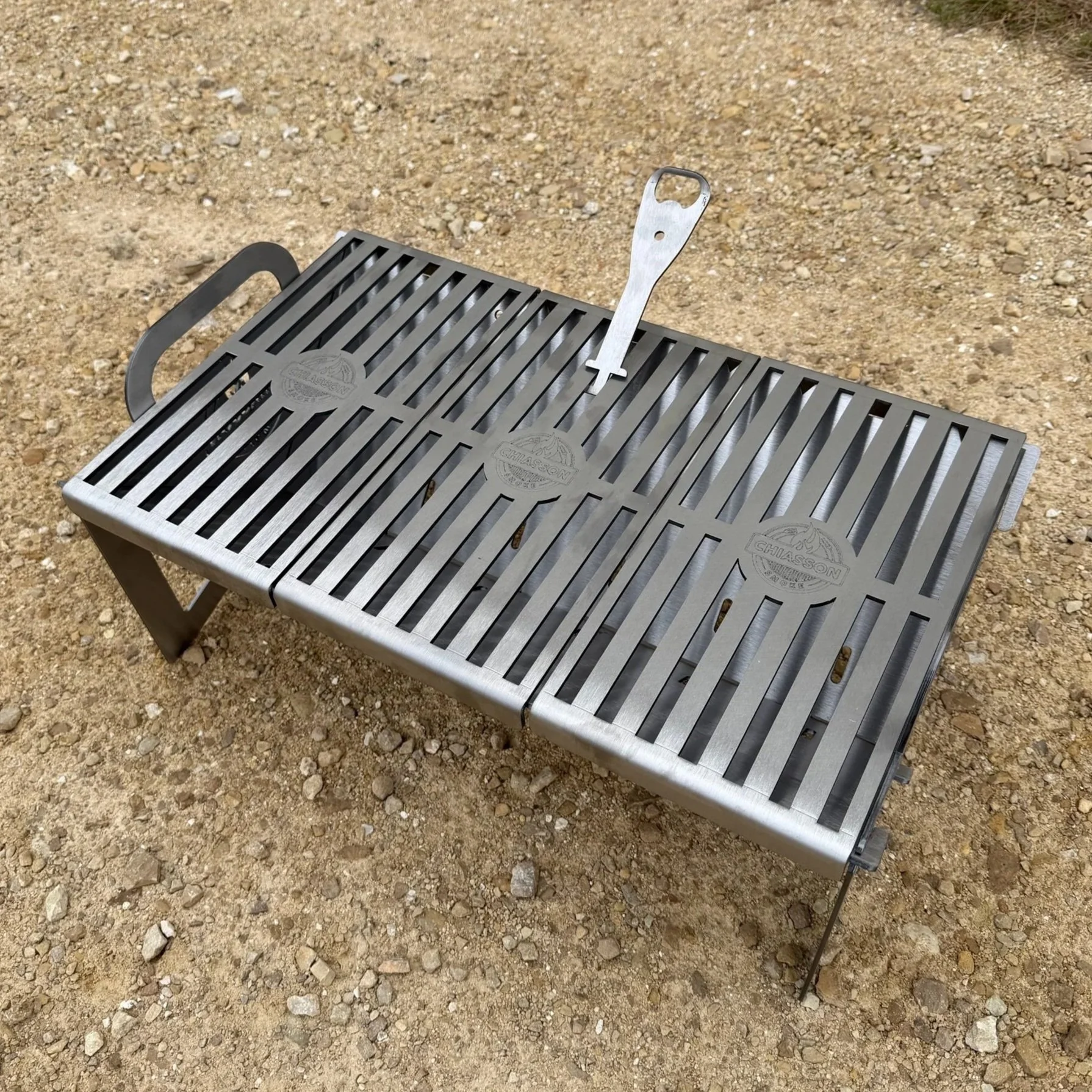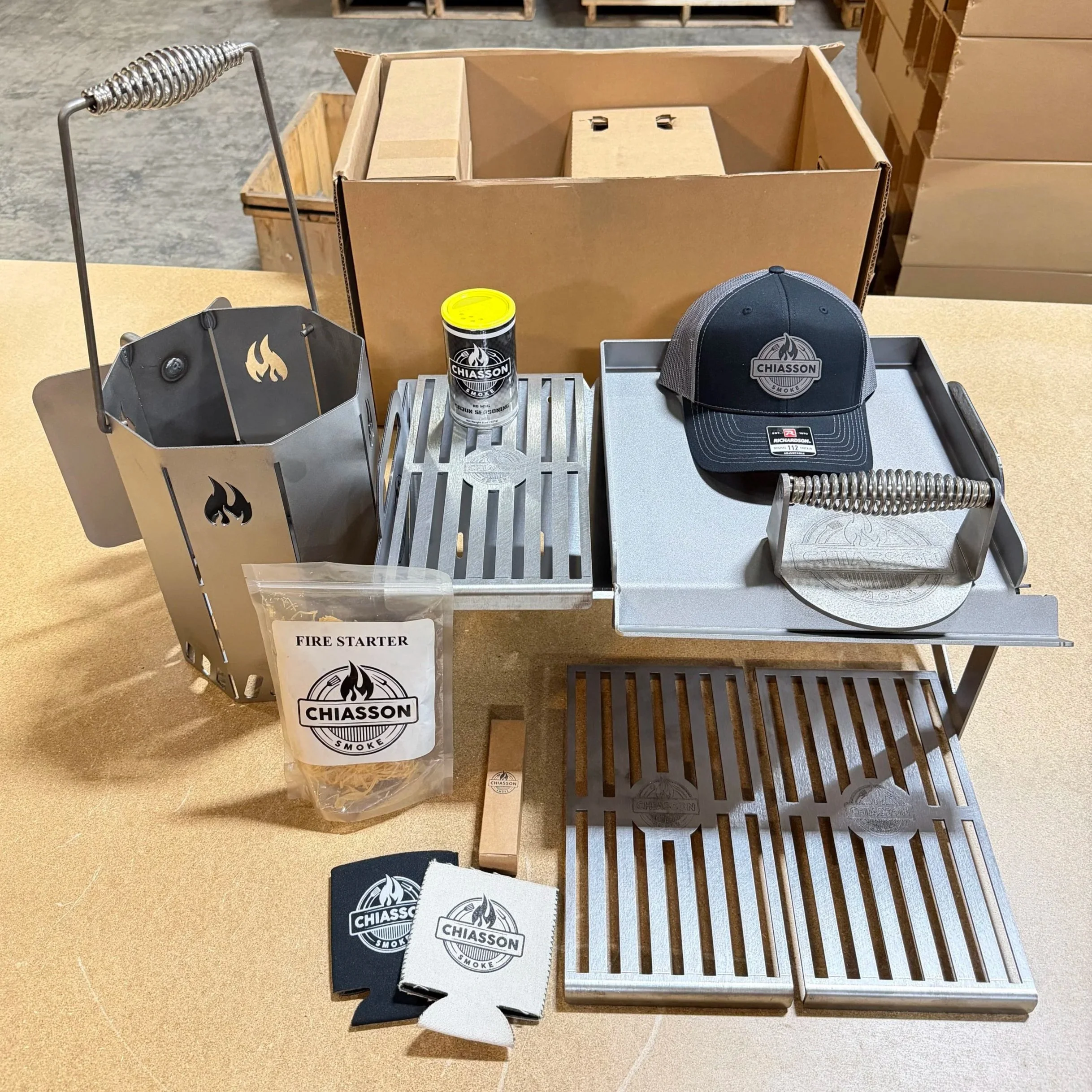How to Keep Your Tent Warm on Cold Nights
There’s nothing like crawling into your tent after a long day of hiking, roasting marshmallows, or just hanging out by the campfire. But what happens when the sun goes down, the temperature drops, and suddenly your cozy tent feels more like a refrigerator? If you’ve ever shivered your way through a camping trip, you know that cold nights can turn a fun adventure into a long, sleepless ordeal.
The good news? You don’t have to freeze! With a few clever tricks and the right gear, you can keep your tent warm and comfortable—even when the weather decides to test your toughness. Let’s break down some practical, safe, and even fun ways to make sure your camping nights stay cozy.
Why Tents Get So Cold at Night
Before we dive into the solutions, let’s talk about why tents seem to trap cold instead of warmth. Unlike your house, a tent doesn’t have insulation, heaters, or double-paned windows. It’s just a thin layer of fabric standing between you and the great outdoors.
When night falls, the temperature outside drops quickly, and your tent fabric can’t stop that chill from creeping in. Add in moisture from your breath or damp ground, and suddenly the inside of your tent feels even colder. Understanding this helps us figure out how to fight back: by adding insulation, reducing dampness, and finding safe ways to generate warmth.
Pick the Right Campsite
Believe it or not, where you set up your tent can make a huge difference.
Flat ground looks great, but avoid low spots like valleys or dips. Cold air naturally sinks, so those areas can be several degrees colder than higher ground nearby. Instead, choose a spot with a little elevation. Also, look for natural windbreaks—like trees, bushes, or even big rocks. Blocking the wind means your tent won’t lose heat as fast.
And while it might be tempting to camp right next to a river or lake, keep in mind that water creates extra dampness and colder air. Being just a little farther away can keep your tent warmer through the night.
Insulate the Ground Beneath You
The cold doesn’t just come from the air—it seeps up from the ground too. Even if you’ve got the best sleeping bag in the world, if it’s lying directly on cold earth, you’ll still feel the chill.
To fix this, always use a sleeping pad. Foam or inflatable pads act like a barrier between you and the ground, keeping your body heat from leaking away. If you want even more insulation, put down an extra blanket, foam tiles, or even a layer of pine needles or leaves (as long as it’s safe and allowed where you’re camping).
Layer Up the Smart Way
We’ve all heard “dress in layers,” but when it comes to sleeping in a tent, it’s not just about piling on sweaters. The goal is to trap your own body heat without sweating. If you sweat, that moisture will make you feel colder later.
Start with a good base layer that wicks away sweat (not cotton—it holds moisture). As a middle layer, you can add a warm material like fleece or wool, and if it’s really cold, top it with a lightweight jacket. Don’t forget warm socks and a hat—believe it or not, you lose a ton of heat through your head and feet.
Warm Up Before You Get In Your Sleeping Bag
Here’s a mistake a lot of campers make: they climb into their sleeping bag cold, hoping the bag will magically warm them up. But sleeping bags don’t create heat—they just hold onto the heat you already have.
So before you tuck in, do a few jumping jacks, jog in place, or dance around for a minute. Get your blood pumping, then slide into your bag while you’re already warm. Another trick is to heat some water, pour it into a sturdy water bottle, and tuck it into your sleeping bag near your feet. It’s like having a mini heater that lasts for hours.
Keep Moisture Out of Your Tent
Dampness is the enemy of warmth. Even a little condensation inside your tent can make it feel much colder. That’s why it’s important to ventilate. Yes, it sounds strange to let air in when you’re trying to stay warm, but proper airflow reduces condensation.
Make sure your rainfly is on tight, and crack open the tent vents to let moisture escape. Also, try to keep wet clothes, boots, and gear outside the tent if possible. Nothing ruins a cozy night faster than damp socks or soggy pants.
Safe Heat Tricks for Your Tent
Now, let’s talk about some extra ways to add warmth. Safety is key here—you never want to use a regular fire, stove, or propane heater inside your tent. That’s a recipe for disaster. (Of course, a campfire is fine outside, as long as you’re keeping a close eye on it.)
Instead, stick to safe methods:
Hot water bottles inside your sleeping bag
Heated blankets (battery-powered if you don’t have electricity)
Special camping-safe heaters designed for tents
But honestly, sometimes the simplest tricks are the best: a good pad, a dry sleeping bag, and warm clothes will do most of the heavy lifting.
Staying Warm Outdoors: Campfires and Fire Pits
Of course, camping isn’t just about what happens inside the tent. Half the fun is sitting outside under the stars, telling stories, and watching sparks rise from the fire. Staying warm outdoors before you head into your tent makes the whole night more enjoyable.
A campfire is the classic choice, but if you’re looking to get things going as conveniently as possible, a portable fire pit comes in handy. It keeps the fire contained, makes cleanup easier, and is usually much safer for the environment.
If you want something reliable, Chiasson Smoke makes portable fire pits that are both sturdy and affordable. They’re built to last, easy to pack, and they give you all the warmth and atmosphere of a traditional fire without the hassle. It’s a simple upgrade that makes those chilly evenings way more comfortable.
Eat and Drink for Warmth
What you put in your body affects how warm you feel. Eating a good meal before bed gives your body the fuel it needs to generate heat. Foods that are high in healthy fats and proteins keep you warmer longer because they burn slower in your system.
Hot drinks can also give you a boost—herbal tea, hot cocoa, or just warm water works wonders. But skip the alcohol before bed. It might make you feel warm at first, but it actually lowers your core body temperature and can leave you shivering later.
Keep Your Tent Cozy with Small Touches
Sometimes the little details make the biggest difference. A small rug inside your tent makes the floor less chilly when you step out of your sleeping bag. Hanging a blanket or tarp over the tent can add an extra layer of insulation. Even keeping your gear organized helps—less clutter means better airflow and fewer cold spots.
And here’s a surprisingly effective hack: sleep with your next day’s clothes inside your sleeping bag. That way, when you wake up, your clothes are already warm instead of icy cold.
Practice Makes Perfect
If you’re new to camping in the cold, don’t worry if your first few trips feel like trial and error. Every camper eventually learns what works best for them. Some people swear by wool blankets, others by high-tech gear. The important thing is to practice and figure out your personal comfort system.
And don’t forget—the point of camping isn’t just to survive the night. It’s to enjoy nature, relax, and make memories. With the right tricks, staying warm becomes part of the fun instead of a battle.
Final Thoughts
Cold nights don’t have to ruin your camping trips. With the right site, the right layers, and a few clever hacks, you can turn your tent into a cozy retreat. Remember to insulate yourself from the ground, keep moisture under control, and warm up before you climb into bed. When you’re outside, a portable fire pit—like the ones from Chiasson Smoke—adds comfort, safety, and that perfect camping atmosphere.
So the next time the air gets crisp and the stars come out, don’t dread the chill. Embrace it. With these tips, you’ll be toasty, comfortable, and ready to enjoy every moment of your outdoor adventure.









